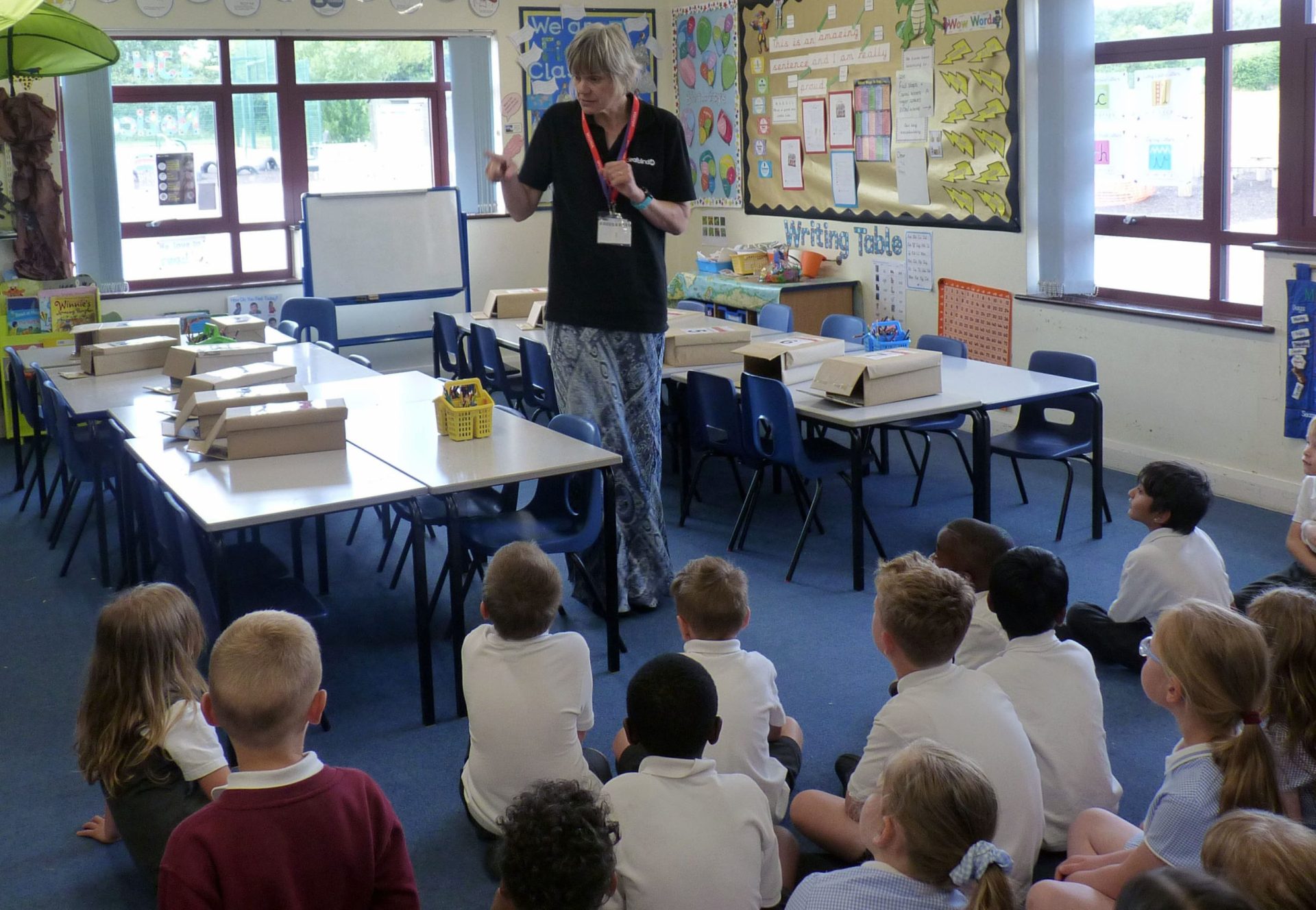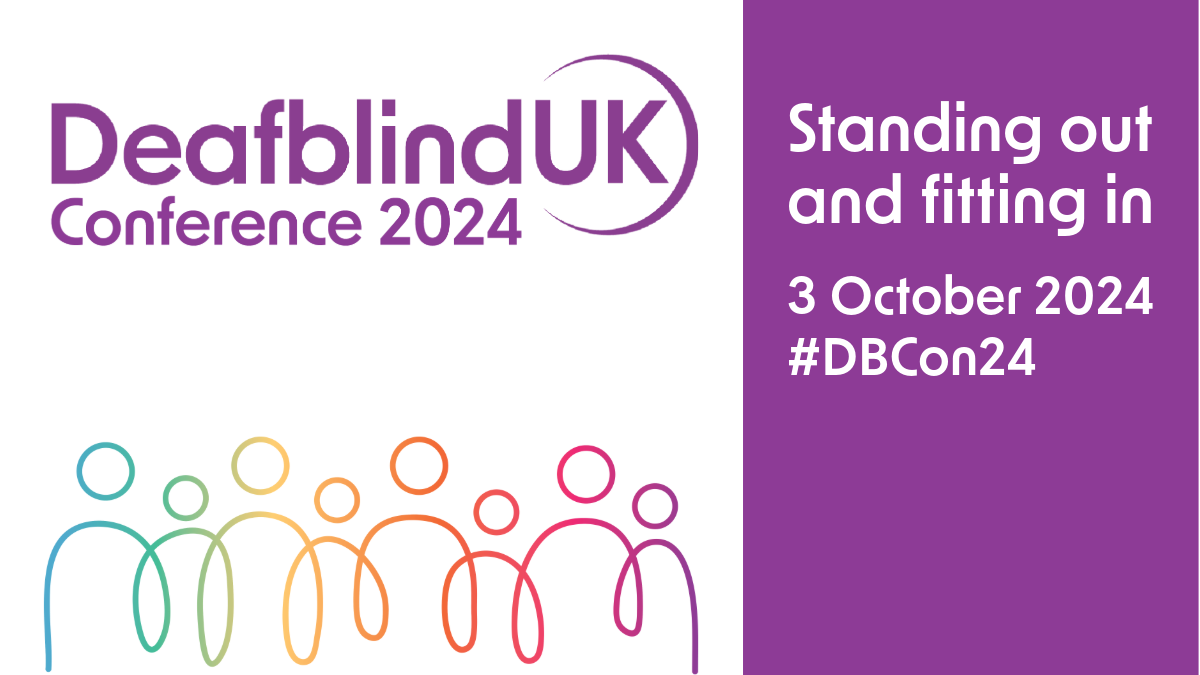Communication barriers
Deaf advocate and Deafblind UK Outreach Officer Louise Goldsmith has been investigating the impact of the COVID-19 pandemic on people living with deafblindness. In her blog this week, she discusses opaque facemasks, social distancing and a lack of interpreters.
Facemasks
The requirement to wear facemasks has created a communication barrier for many Deaf and deafblind people, who rely on reading lips and facial expressions when communicating. This can create a lot of stress, anxiety and can lead to social isolation.
At first, I felt threatened by the masks. They cover people’s facial expressions and made it impossible for me to understand their speech. I have been left in a position where I have had to openly explain I am a Deaf lipreader. This has now become a common occurrence and my experiences have usually been positive. However, for some people who are not confident, or able, to make this request it can be a major barrier to communication.
Quick tip: The use of transparent facemasks like the one pictured is one way you can really help someone who relies on lipreading to communicate with you!
Social distancing
The Royal National Institute of Blind People (RNIB) change to: Some charities are campaigning for the Government to raise more awareness of the difficulties blind/partially sighted people face.
They have highlighted that most blind and partially sighted people find it very difficult to social distance and they can be challenged for not following social distancing guidelines.
As a result, RNIB reported that 66% of blind and partially sighted people “feel less independent now compared to before lockdown”.
Quick tip: remember that not all disabilities are visible, including sight and hearing loss!
I spoke to Simon, who has a degenerative condition, known as Retinitis Pigmentosa. Simon has struggled during lockdown, particularly in public spaces. Many members of public have walked directly into him and others choose to ignore him. Simon’s guide dog doesn’t know the 2m rule so it can be very hard to maintain social distancing, a common problem for people living with sight loss. There can also be misunderstandings caused by blind people not being able to read social distancing signage, for example not being able to read signs about where to queue to get into shops.
Accessible information
Another communication barrier faced by the Deaf and deafblind communities is the lack of accessible information provided by the Government during the regular national briefings which have taken place throughout the pandemic. RNIB reported that 26% of people struggled to get hold of accessible information in a format that was appropriate for them. A further 17% struggled to find accessible information on the internet.
Many people have campaigned to have a BSL interpreter at Government briefings. With more than 87,000 BSL users in the UK it is very concerning to know so many people are potentially missing such important information.
Find out more
To find out more about living with deafblindness read our myth busting guide here.
Let’s keep in touch!
Join our mailing list and we will keep you up to date about our projects and opportunities to get involved with Deafblind UK.
More Articles

Ian’s fundraising ‘snookerthon’ in memory of his mum who was deafblind
Remember how we always talk about getting creative with fundraising and doing it your own way? Well, meet Ian Pettey,…

School Liaison Officer Carolyn tells us about Lesson in a Box
“Ensuring that all students have a positive experience of education is vital to ensuring that everyone becomes a valuable member…

10 Reasons to attend the Deafblind UK Conference ‘Standing out and fitting in’ this October!
Over the years, our Deafblind UK conference has seen increasing popularity, showing us just how much our audience values the…
